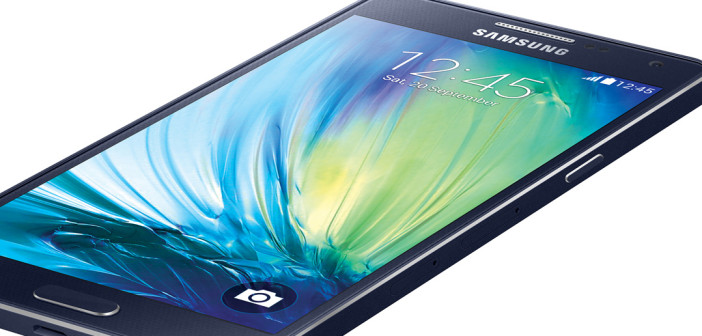Sales of $96 billion set a new first quarter record as 4G ramps up
Smartphone sales in the first quarter of 2015 have set a new record thanks to the growth of 4G.
4G devices are rapidly gaining share, surpassing 50% of the global handset market for the first time, according to new figures from GfK. The research firm has also predicted a 4G ramp-up in China in the second half of 2015, which will drive incremental demand.
In the first quarter 2015 global smartphone sales value was up 8% year on year, with smartphone unit demand up 7% against the same period last year to 310 million units, but a slowdown in demand in China and developed Asia dragged down growth, down -14% and -5%, respectively from over 19% year on year for the fourth quarter 2014.
Smartphone sales value in Western Europe declined on a year on year basis for the first time in the first quarter 2015, dragged down by Spain and France. As smartphone penetration nears saturation point, both Spain and France are expected to see a slowdown in smartphone unit growth this year compared to 2014.
In Central Europe, the macroeconomic situation in Russia has significantly impacted sales. As a result, GfK forecast that 2015 smartphone demand in the region will grow more slowly than Western Europe for the first time since 2010.
Kevin Walsh, director of trends and forecasting at GfK commented: “The weakness in China was caused by a significant slowdown in 3G demand, which was not offset by 4G growth. We forecast China to return to growth in the second half of the year, driven by a continued 4G ramp-up. In developed Asia, the year on year decline was caused by tough comparisons with the first quarter 2014, when demand was pulled forward in Japan due to an upcoming VAT increase in April. We forecast unit demand in Developed Asia to grow by +3 percent year on year in 2015, driven by Japan and South Korea, which are expected to return to growth in the second quarter 2015.”
In the first quarter 2015, 4G unit share surpassed 50% of global smartphone demand for the first time. China saw the greatest 4G share increase in the quarter, up 16 percentage points to 73%, from 57% last quarter. Growth has been buoyed by the continued price erosion of 4G smartphones. GfK forecasts global 4G share to increase further in 2015, reaching 59% in the fourth quarter 2015.
Smartphone growth in India and Indonesia is also expected to be helped by an expanding 4G network. In the first quarter 2015, 4G share in both countries was well below the global average, at 4% and 7%, respectively. GfK forecasts 4G unit share within smartphones to reach 7% in India and 10% in Indonesia in 2015.
The first quarter 2015 saw a continued shift towards larger screen sizes (5inch and over), where sales of 166 million units equated to 47% of the global smartphone market, up from 32% in the first quarter 2014.
Share of large screen devices in North America hit 70% in the quarter, up from 59% in the same period last year, driven by strong demand for high end models. By comparison, in China, where the trend is particularly pronounced, the growth in share to 57% from 32% in the first quarter 2014, was driven by cheaper large screen models flooding into the market. GfK forecasts this screen size migration to continue in 2015, with global demand for large screen devices increasing by over 30% year on year to account for 69% of total smartphone unit demand this year.
Low end smartphones, those priced in the region of $0 to $250, increased share to 56%, up from 52% in the fourth quarter 2014, at the expense of the high end models (priced over $500), while mid-range ($250 to $500) share remained stable. GfK forecast low end smartphones to gain further share in 2015, helped by continued price erosion in emerging markets.
Walsh continued: “GfK forecasts global smartphone unit demand to grow by over 10% year on year in 2015, a slowdown from the over 23% growth experienced last year. Emerging Asia is forecast to be the fastest growing region, driven by India and Indonesia, where low smartphone penetration leaves plenty of room for growth.”





